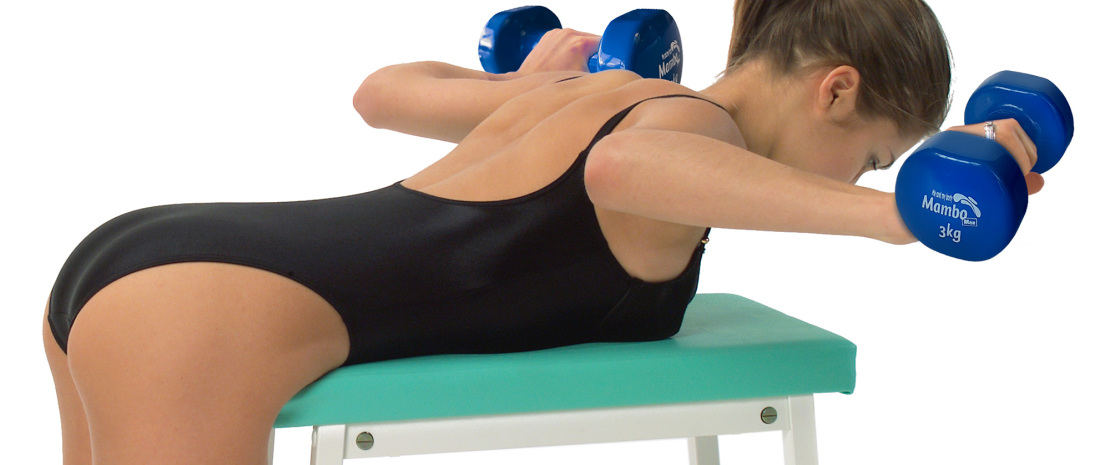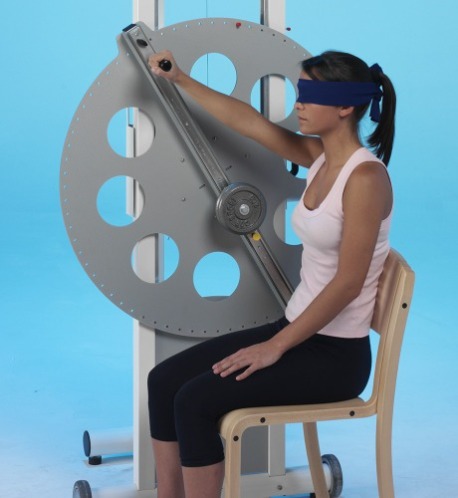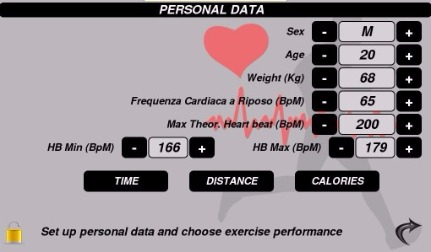



The exercises that can be performed are suitable for patients with shoulder and elbow stiffness, impingement syndrome, and in pre- and post-surgery treatment.
Most of them are active exercises, but also passive or self-passive mobilisations and proprioceptive exercises. The names of the exercises refer to well-known movements and gestures, for easy identification by patients.












ROTA is provided with an exercises guide. The sequence and intensity of exercises are developed by the physiotherapist, who may use the exercises proposed here or conceive new ones. This device and the relevant accessories are very simple to use. In addition to this therapy manual, a series of demonstrative videos for the various exercises in proposal are available online at the official Chinesport website.
The exercise guide has been developed by Dr. Paolo Rispoli and is available in English or Italian language. It can be also ordered separately.



Our ergometer line has been designed to be used at health-care facilities and physiotherapy wards. They are powered by a main supply, and they have a console to set speed, tilt as well for displaying some features such as heartbeat, duration of the exercise and the distance covered. It is worth highlighting the manual function, which allows the carer to have freedom of setting the parameters mentioned before in order to customize the type of exercise.

(Screenshot 2)

Once the patient’s data have been set and the main work parameter has been chosen it is possible to set the warm up and cool down periods.
(Screenshot 3)

POSSIBLE TESTS
There are 10 types of tests for the patient already pre-set, and they are especially practicle for measuring different stress tests in accordance with the objective to be reached. For example, the CHR test (Constant Heart Rate) and the CWL test (Constant Work Level), which allow to carry out a type of exercise at a constant heart rate. Another test called RUNNER allows to carry out an exercise with an increasing load increasing the speed at 1 km/h per minute rate. The COOPER test allows to carry out an exercise to assess the maximum distance covered in 12 minutes. Furthermore, it is possible to set the test conditions manually by the carer. The additional test conditions are 8, and the procedure is the same as for registering a free profile.
(Screenshot 4)

PROFILES
There are 10 basic profiles available directly from the main menu. Furthermore, it is possible to set and memorize some exercises in a customized manual mode for a group or for single patients, since there are 100 free profiles. The saved profiled can be called out by using the arrows forward and backward and by choosing it on the touch-screen display.
(Screenshot 5)

GRAPHICS WHILE WORKING OUT
All parameters are displayed while carrying out an exercise with the aid of a graphic representation which shows specifically speed and tilt with green and orange columns while the heartbeat is displayed with a red zig-zag line. Two other dotted lines show minimum and maximum rate of heart pulse set for the patient treated corresponding to his or her personal data.
(Screenshot 6)
The software is multilingual and the measure unit for the distance covered can be set either in miles or in kilometers.
Remote control from a pc or ECG is done via an RS 232 cable included. Upon request, a pc software for a control of the walk can be provided.

RehaRunner ergometers - Introduction - For stress test - For rehabilitation - For sport and fitness - Motion ergometers - Cycle 200 ergometer - Stationary bikes - Rowing machines and steppers - For upper limbs - Wide range of exercises with ROTA™ - The ROTA™ device - Multifunction rehabilitation chair - The ARTI REHAB™ device - Bands and tubes - Weights - Muscular strengthening
Brochure, Ed. Dec. 2023, English. 32 pages.


